AAA: What Are Maximum Dilution Rates of Essential Oils?

We’ve talked a lot about dilution in the past, and why it’s necessary, but you may be wondering, “What is a max dilution rate?” When we discuss max dilution rates, we’re referring to the percentage next to “Adult Max Dilution” which is found on the single oils’ product pages, under “Safety & Shelf Life.” For example, you’ll find an adult max dilution of .15% for Allspice. We recommend checking to see if any oils you own have a max dilution, then returning here to find out what this means for you and your oils.
To recap, to dilute is to lower the concentration of essential oils by adding it to a diluent (most often, a skin-loving vegetable oil). If used undiluted, essential oils can cause skin sensitization or allergy. In most circles, a normal dilution rate is considered to be anything between 1-5% and a high dilution is 5-10%. However, certain essential oils require specific precautions that go beyond these generalized recommended dilutions. These oils are given a “max dilution rate” as they can contain potent skin allergens or constituents that are detrimental in concentrations above the max dilution. An example of a potent skin allergen is cinnamaldehyde, leading Cinnamon Bark to have a maximum recommended dilution of .07%. Other oils, such as Grapefruit, Key Lime and Lemon, can cause a phototoxic reaction if used above their recommended max dilution rates and worn topically in the sun. However, these types of oils can safely and effectively be used when they’re diluted at or below the given maximum dilution rate.
Through studies, research and risk assessments of essential oil’s potential to cause adverse reactions, organizations like the International Fragrance Association (IFRA) and researchers such as Robert Tisserand, set guidelines for the maximum recommended dilution rates of essential oils. Not all essential oils have been researched with regard to maximum dilution and safe topical use, but this area of aromatherapy study is expanding.
How, then, do you calculate the amount of essential oil to add to a carrier that meets said oil’s maximum dilution rate? Dilution calculators, such as these, are helpful! Otherwise, breakout your calculator and prepare for a little math refresher. Note, that using a scale is the most accurate way to measure essential oils.
Find The Percentage Of A Number
- Assuming there are 600 drops in 30 ml, convert your carrier oil amount to drops. Here are some quick conversions:
- 1 ml = 20 drops
- 10 ml = 200 drops
- 30 ml = 600 drops
- Multiply the max dilution percentage by the number of drops in your carrier oil.
- Divide the number above by 100. This final number is the amount of drops you need to add to your carrier oil.
- The equation looks like this (P is your max dilution percentage and X is the number of drops in your carrier oil):
P
––– • X
100
Example: How many drops of Cinnamon Bark should you add to 4 oz of carrier oil, if it has a .07% max dilution rate?
- 4 oz (120 ml) of carrier oil equals to 2,400 drops.
.07%
––– • 2400
100
- .07 multiplied by 2,400 equals 168.
- 168 divided by 100 equals 1.68 drops.
- Round 1.68 down to 1 drop.
- Add 1 drop of Cinnamon Bark to 4 oz of carrier oil for an approximate dilution of .07%.
It’s also important to note that the max dilution rates of essential oils are often based on an essential oil’s constituents. Cinnamon Leaf, for example, has a max dilution rate of .6% based on a eugenol content of 87%. However, at the time of writing this article, our Cinnamon Leaf contains 73.19% eugenol. The max dilution rate could therefore be slightly higher than .6%, but to simplify things and err on the side of over-caution, we choose to stick to the .6% dilution rate. We advise you also stick to the recommendations given by the essential oil company you purchase from. If the company you purchase from doesn’t offer dilution recommendations, check with an aromatherapist.
Wish you could find all of Edens Garden’s single oils’ maximum dilution rates in one place? Well now you can, with our max dilution rate chart! Download it here.
Tisserand, Robert, and Rodney Young. Essential Oil Safety. 2nd ed., Churchill Livingstone, 2014.
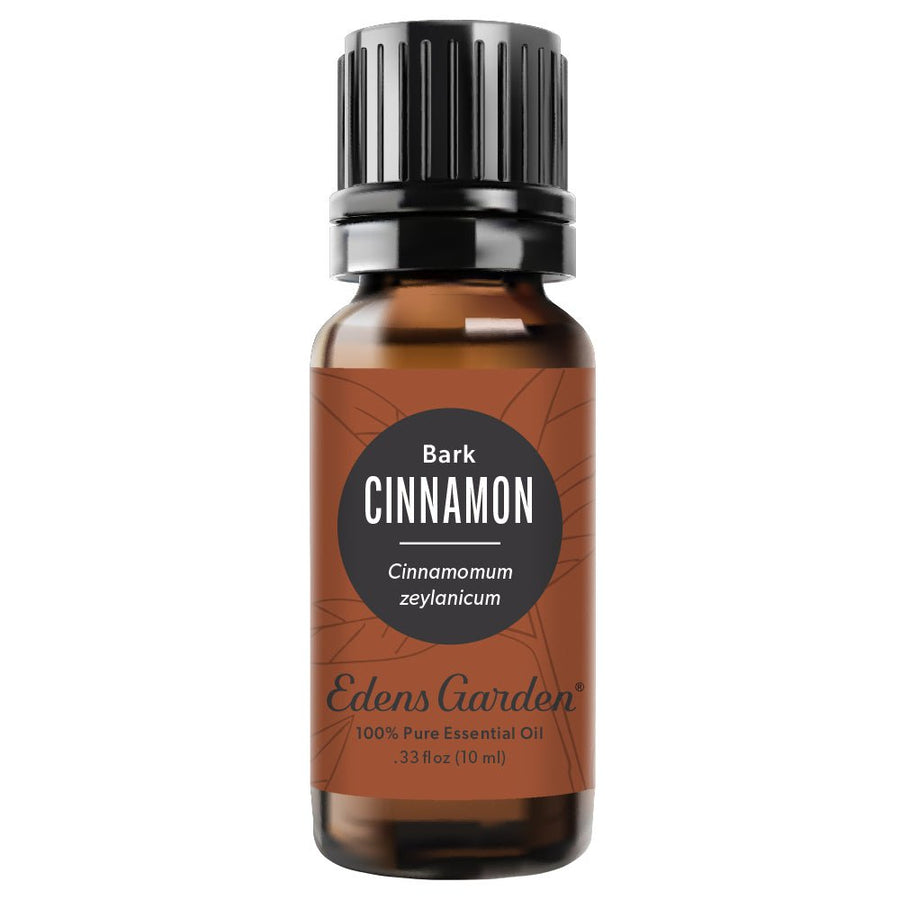
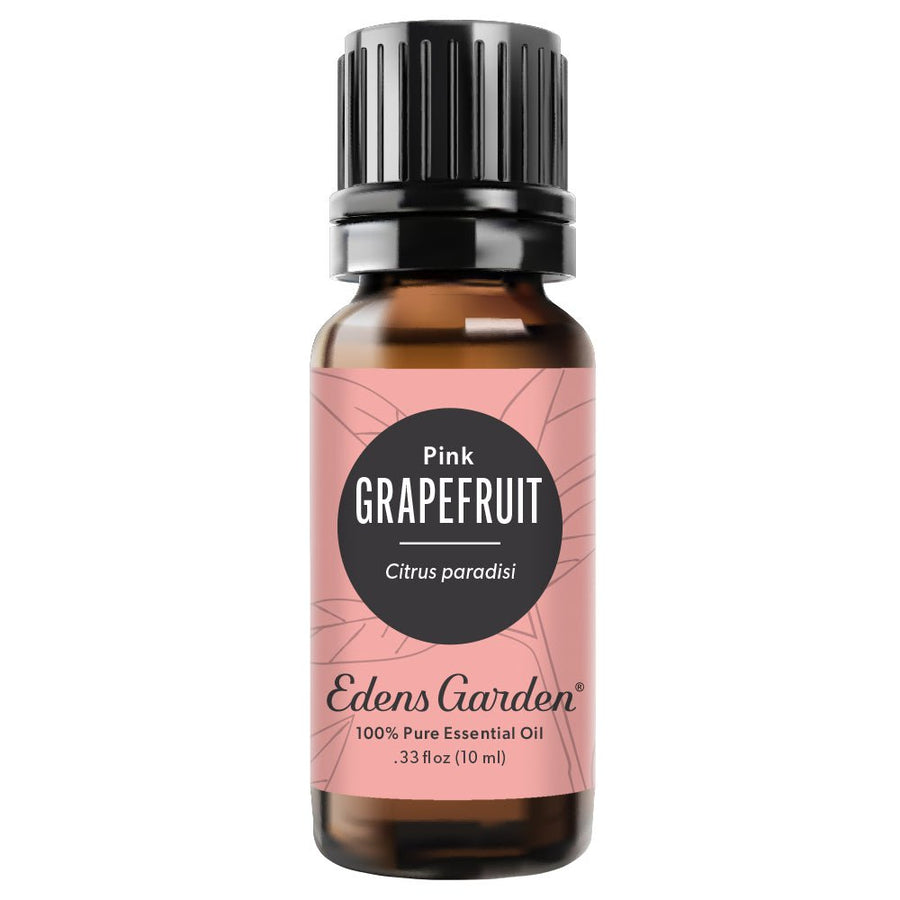
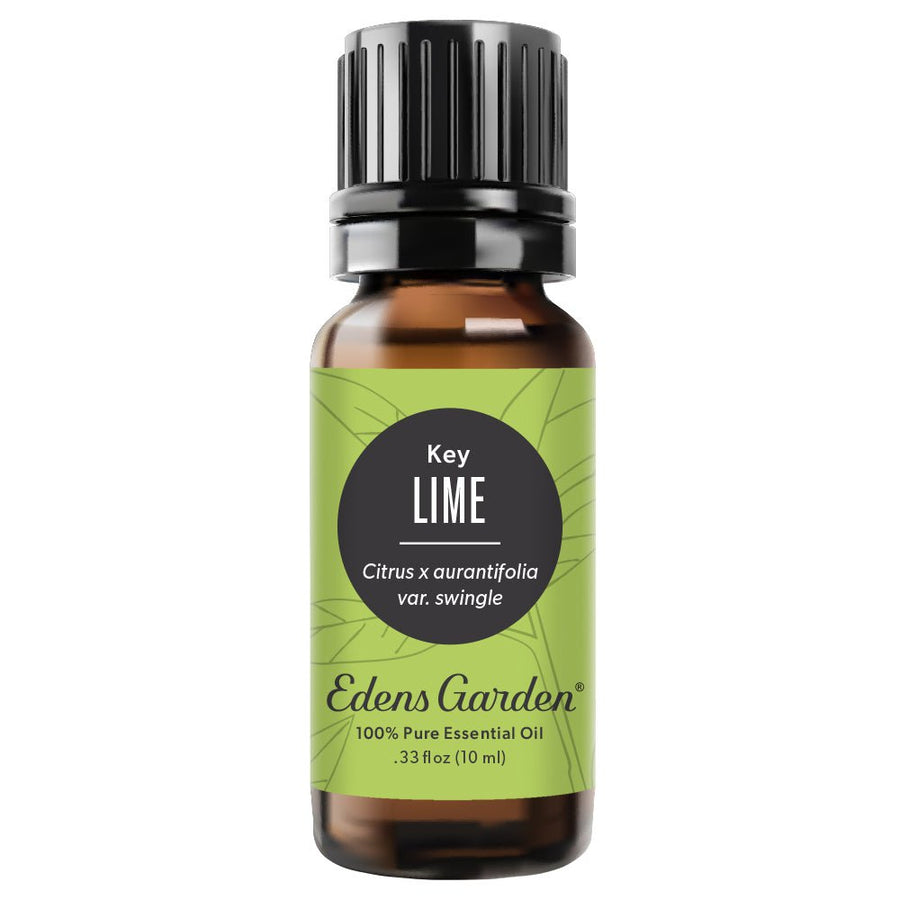
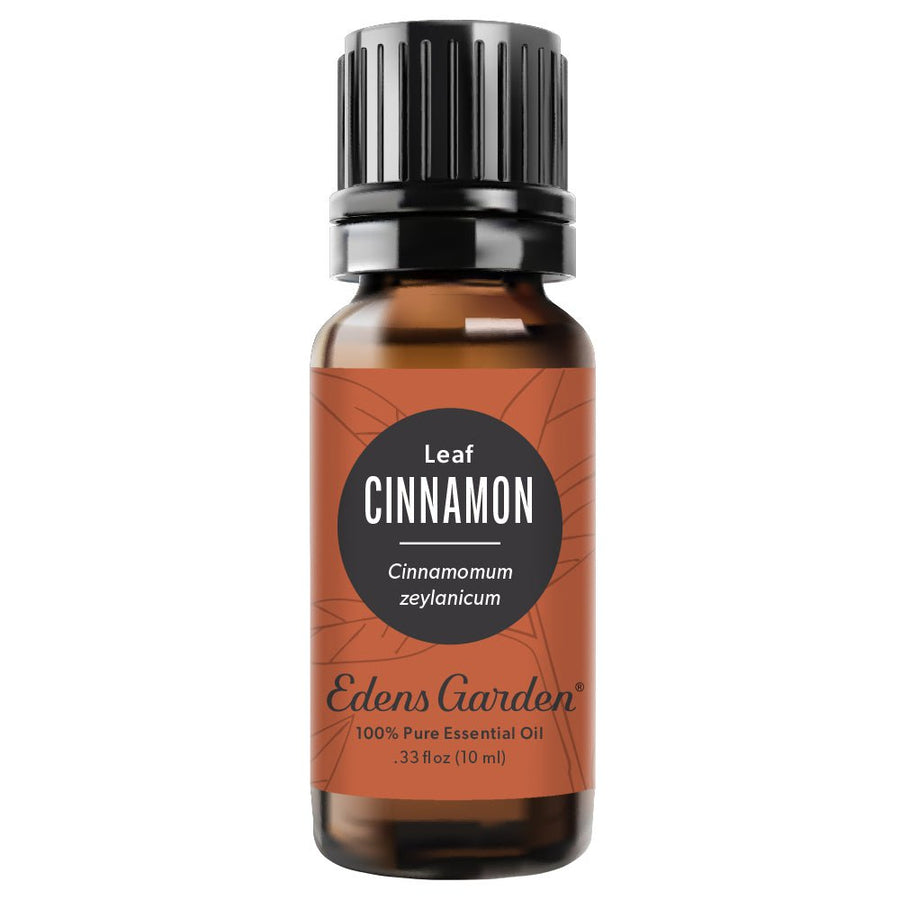

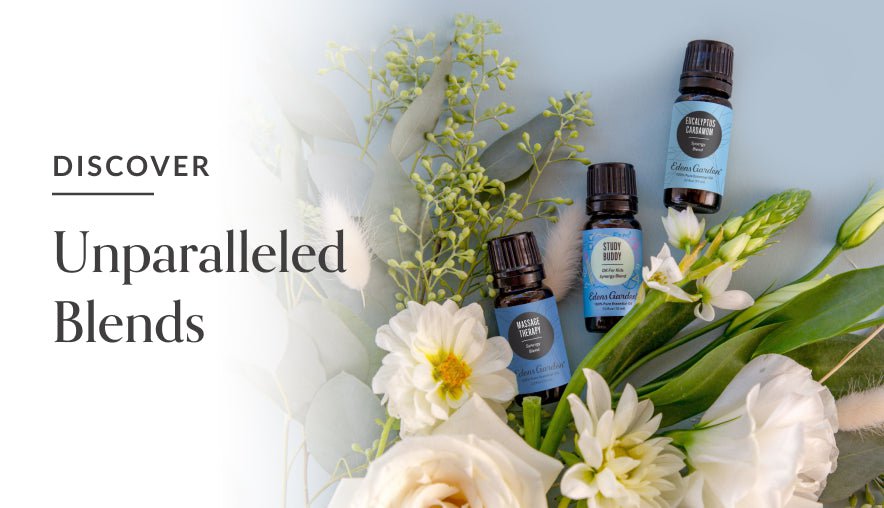
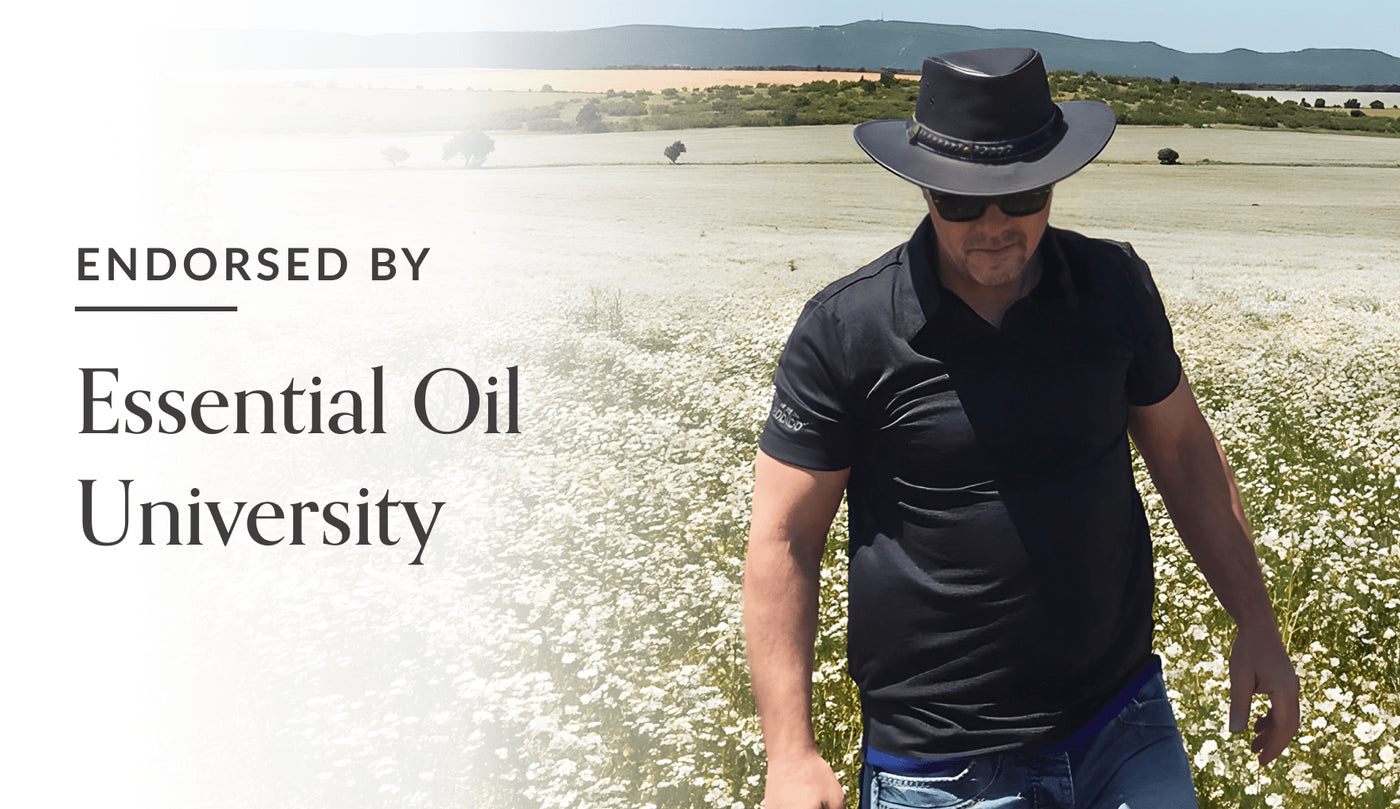
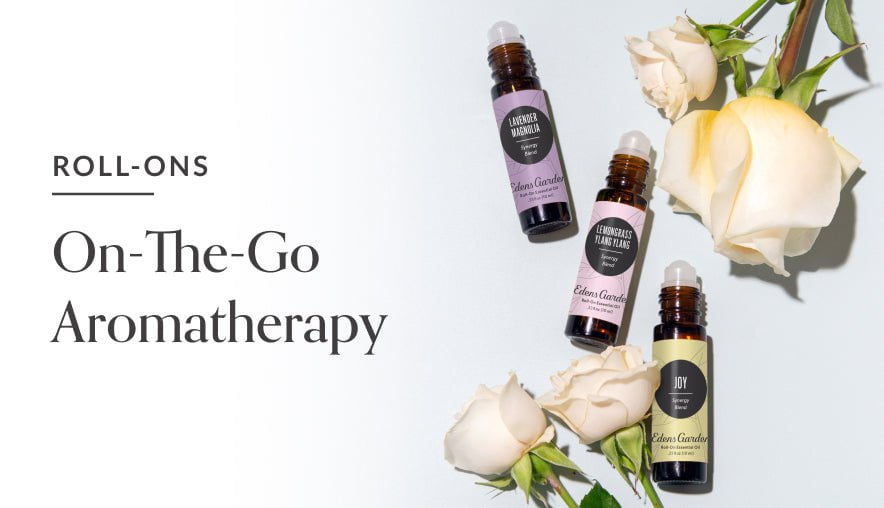
Leave a comment (Comments will be approved before showing up)